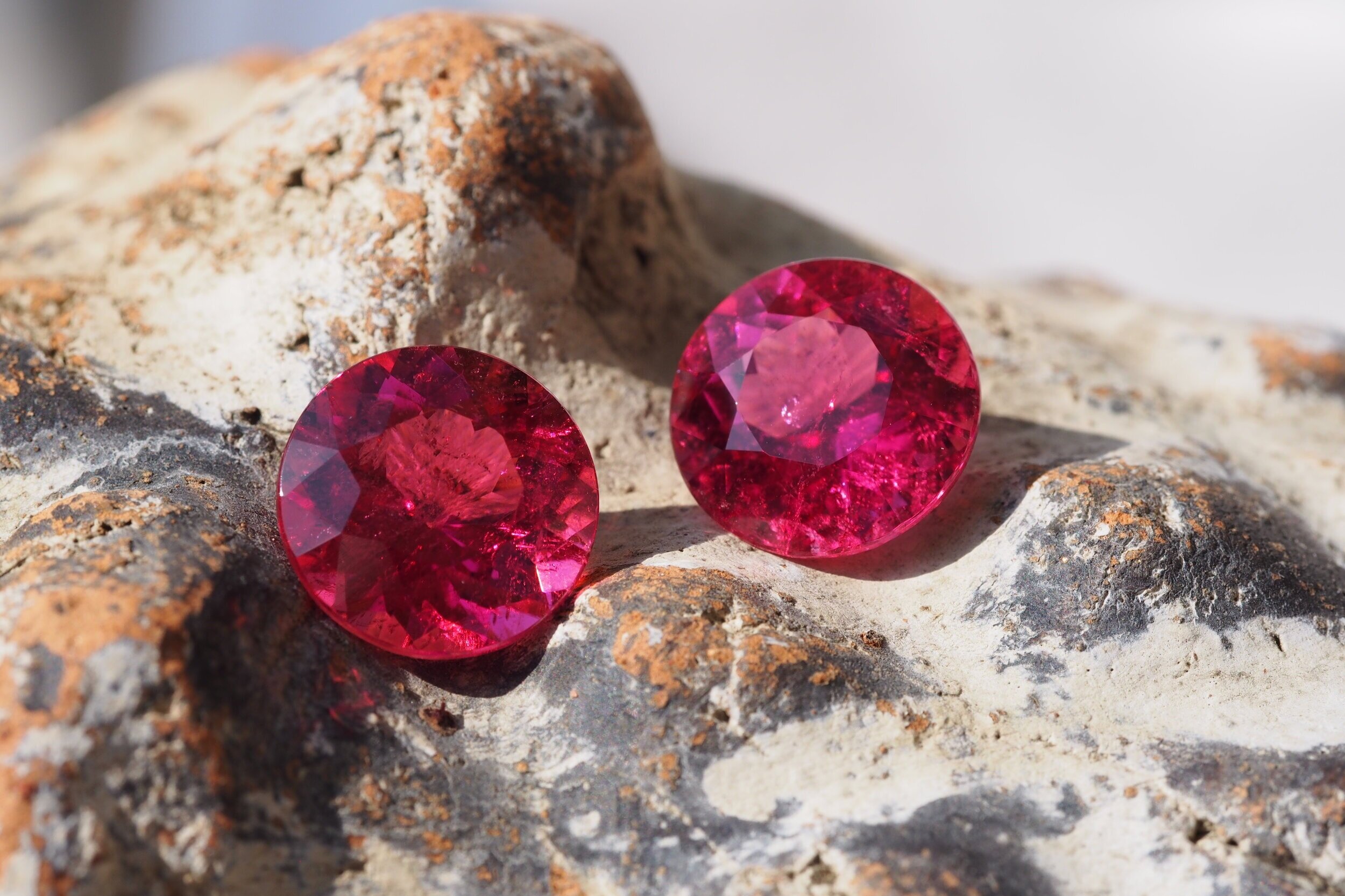HISTORY OF GEMSTONES
AQUAMARINE
The brightest aquamarines are to be found in Santa Maria, Brazil in the province of Ceara’. One of the biggest aquamarines was discovered in the 1910’s in Marambaya in the Minas Geraes. It weighted 110,5 kg and heighted 48,5 cm in total length and 42 cm in diameter. 100 000 carats of shaped stones were born out of that rough block of natural stone. This deep blue colored stone gets its name from the Latin formula for “sea water”. This color comes from the iron present in its constitution. The aquamarine is also the blue stone that we offer to our daughter on her wedding day.
BLUE SAPPHIRE
Nowadays, the word sapphire has every corundum qualities except they are not red. The denomination Sapphire comes from the Hebrew word “sappîr” for all blue stones. That is why the Lapis was called Sapphire in Middle Age. It’s only in the 1800th that we discovered Sapphire and Ruby were corundum. The term Sapphire represents the blue Sapphire, every other color is named Sapphire followed by a color adjective (pink Sapphire, yellow Sapphire). The most beautiful Sapphire were coming from Kashmir in India. As for Sri Lanka, it products Sapphires since Antiquity. The heat treatment at 1700-1880° can make dull and blurred Sapphires bluer and brighter.
EMERALD
The Emerald is the most precious stone among all the Berylliums. Its color is so unique that there is even a green qualification with its name. The Emerald comes from the word “smaragdos” which means “to shine” in ancient Greek. In Colombia, the Incas were huge Jade consumers that were exploited in Muzo’s Emerald deposits. This kind of Emeralds were forgotten for a moment and rediscovered in the 17th century. The white flecks are a proof of authenticity and not a defect.
GREEN TOURMALINE
In the mining industry, a green Tourmaline with red edges is called Turk’s head. As its little sister the pink Tourmaline, the green one has many different shades. The watermelon Tourmaline as a pink-red color in the center and a green one at the edges. Brazil and Nigeria have large tourmalines deposits.
IndiGolite
The indiGolite is one of the most expensive tourmalines. She generally has a saturated color with a black axis but, when the material is willing, some magnificent peacock and indigo colors reveal themselves. Afghanistan, Mozambique and Brazil have wonderful productions.
Paraïba
Paraiba is the last tourmaline found around the 1990’s. Nowadays, it is the most expensive and requested tourmaline. They normally are blue, purple or dark green but, once heated, they become turquoise or neon blue. Paraiba usually come with a lot of inclusions and the come from Mozambique and Brazil.
PINK TOURMALINE
Rare are the monochrome Tourmalines because a crystal usually has different shades of the same color. This stone was already known by the Mediterranean, but it is the Dutch that brought it back from Ceylon in 1703. This stone was first named “Turamali” which means “stones of multiples colors” in Sinhala. When the Tourmalines turn red, they are called Rubellite.
Rubellite
The Rubellite can be pink, but it’s generally in a raspberry pink or fuchsia color that we use it. They usually have more inclusions than the Tourmalines. Since the 1980’s, some wonderful productions emerged in Brazil in the State of Minas Gerais and they still are very appreciated by jewelers.
Source: Walter Schuman (2015). Pierres précieuses. Fines et ornementales








